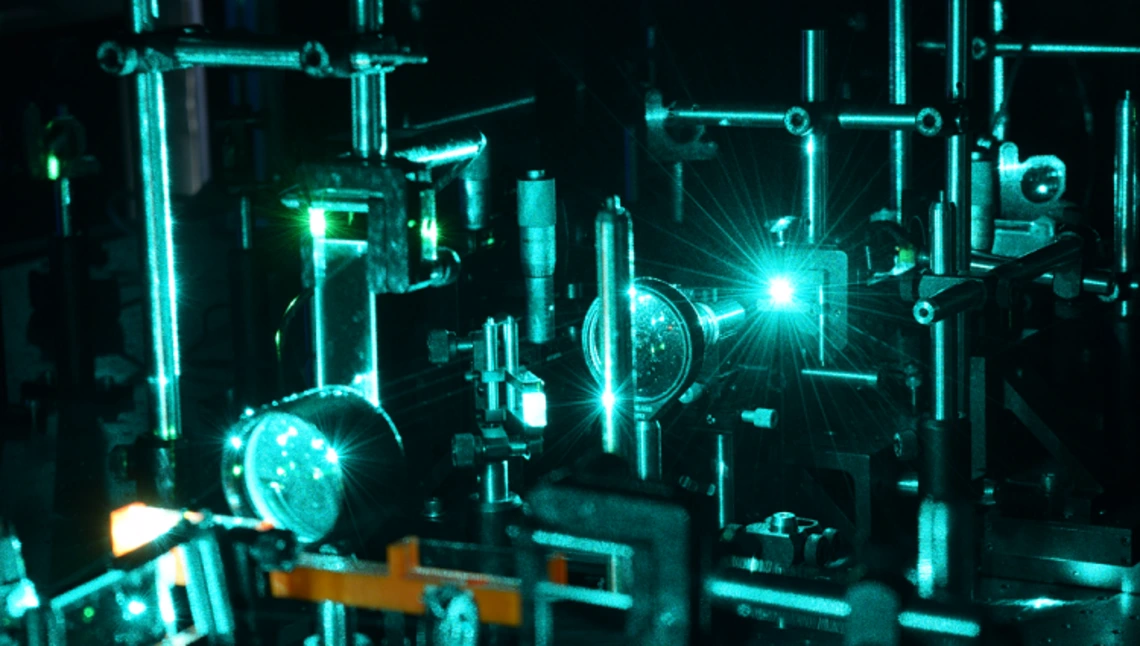UA Establishes New Frontiers of Sound Center for a New Look at Acoustics

A National Science Foundation grant is establishing the New Frontiers of Sound Science and Technology Center at the University of Arizona. The Center will focus on topological acoustics, an emerging field examining the properties of sound in ways that could vastly improve computing. The five-year, $30 million grant aims to supercharge the field of acoustics and allow researchers to access information they couldn't see before.
"We all know technologies such as the loudspeaker or the microphone, but we also use sound for sensing environments, such as with sonar and ultrasound medical imaging, and for data transmission and processing every day in your smartphone," said center director and project principal investigator Pierre Deymier, professor of materials science and engineering. "However, the quiet revolution advancing sound science and technology is afoot. And that is where the new center comes in."
Using topological acoustics is a sophisticated way of looking at sound that maps sound waves to an abstract multidimensional space, called a Hilbert Space, to examine their geometry. By examining sound in this way, scientists can see and manipulate attributes of sound waves that aren't visible in traditional acoustics.
"Topological acoustics exploits attributes of sound waves that have remained hidden so far," Deymier said. "It harnesses the full power of acoustic waves. That suddenly enables extraordinary properties of sound – such as sound waves that mimic quantum waves or that can hit a hard surface without generating an echo – that can affect a huge number of technologies."
Faculty from a number of UA engineering departments are collaborating on the new Center, including CAEM professor Tribikram Kundu.
Those who haven't heard of topological acoustics aren't alone. That is one big reason the center is providing training and education across multiple disciplines and to people from different backgrounds. Establishing a common language for experts in fields ranging from materials science and electrical engineering to geosciences and mathematics will help the world benefit from the work, those involved in the project say.
The researchers will write a textbook and accompanying digital resources about topological acoustics and launch a center-scale Research Experience and Mentorship program to provide opportunities for students underrepresented in STEM to access mentoring and research experience in topological acoustics.
